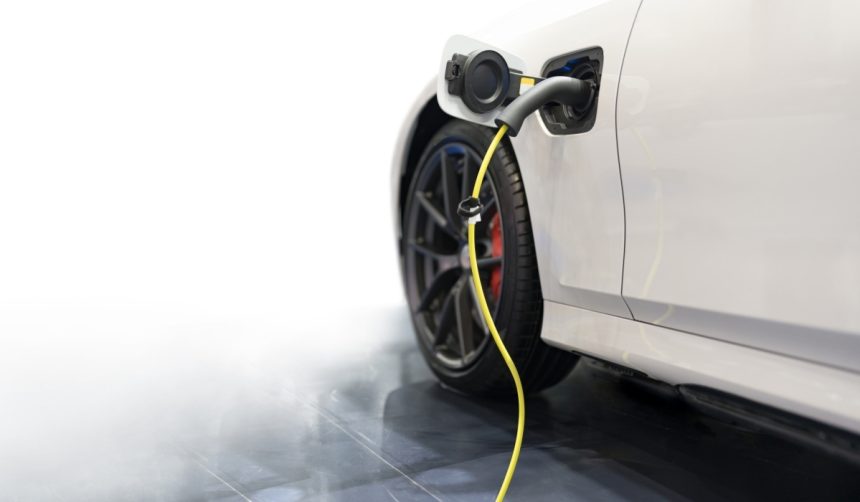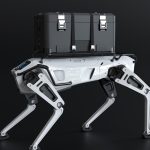Ray Kurzweil’s Beyond Imagination is taking significant steps toward integrating artificial intelligence with daily labor, aiming to redefine human interaction with technology. Established in 2018 by Kurzweil and Harry Floor, the company is steadily working towards a future where robotics play a key role in sectors plagued by workforce shortages. Their latest move to secure $100 million in Series B funding highlights their ambition to expand operations and elevate the influence of humanoid robots in industries like healthcare and agriculture.
Beyond Imagination’s initial funding rounds garnered $4.2 million, considerably boosting public interest in Kurzweil’s vision of a technology-driven world. Increasing valuations suggest growing confidence in the company’s goals, especially as their latest projection expects a valuation leap to $500 million. Venture capital interest demonstrates the broader industry’s belief in the viability of humanoid robotics to bridge workforce gaps, especially within sectors where human labor is increasingly hard to come by.
Will Beyond Imagination Lead the AI Workforce?
Already making headway in creating robots designed for versatile and challenging roles, Beyond Imagination’s aim is to deploy these machines as surgical assistants and kitchen staff, increasing the appeal of robotics in professional environments. With an operating system under development to enhance human-robot collaboration, this step posits Beyond Imagination at the forefront of an evolving industry revisiting essential service delivery mechanisms.
Who Shares This Ambition in Robotics?
Apart from Beyond Imagination, major players such as Tesla and Nvidia are also venturing into robotics. Tesla’s Optimus robots are expected to undercut market prices while performing menial tasks, promising affordability and functionality. Meanwhile, Nvidia is nurturing A.I.’s expansion into tangible applications through advanced simulations, indicating robust industry-wide efforts to integrate such technologies into everyday life.
How Does the Future Look for Humanoid Robots?
Kurzweil, alongside contemporaries, is striving towards a singularity where technology and humanity seamlessly intertwine. With predictions of rapid progress mirrored in the development of large language models, there’s potential for humanoid robots to acquire skills akin to human dexterity and capability. Meaningful advancements in AI hint at a future landscape where machines can alleviate not just labor shortages but also enhance service efficiencies across industries.
Robotics companies continue to press into unexplored territories, setting ambitious goals and striving to meet the demand for workforce solutions. As they forge ahead, capturing investor interest remains critical to their success. Potential breakthroughs in robotic functionality may redefine service sectors, hinging on the continued evolution and acceptance of AI applications within society. Readers might consider observing these trends to understand shifts in how work and technology coalesce.










